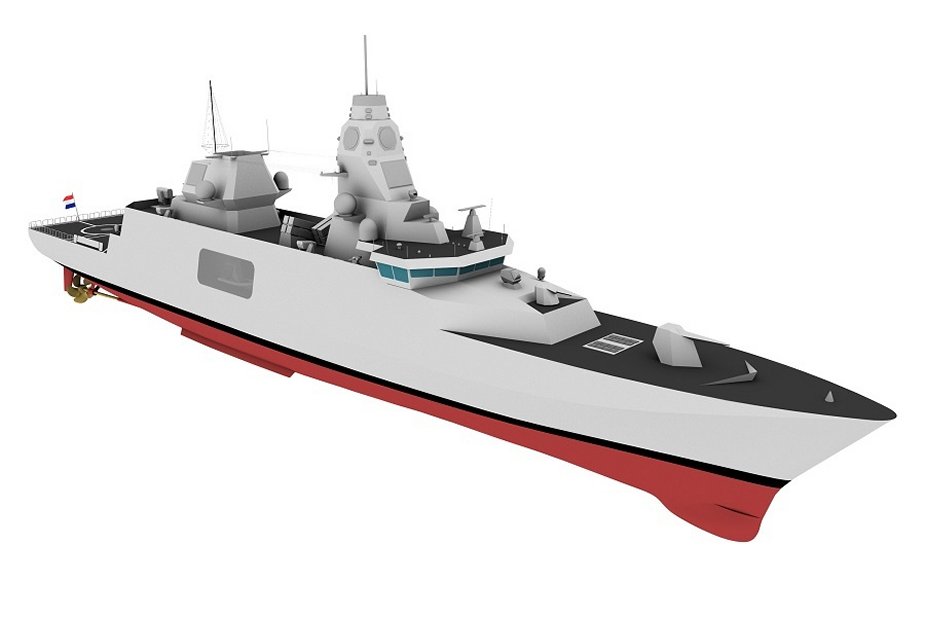Breaking news
End of research on new Belgian and Dutch frigates.
The search phase for the new Belgian and Dutch frigates is over. The concept meets the requirements of the Dutch and Belgian Ministries of Defense, and of NATO. The two partners went through the design process with the shipbuilders Damen and Thales.
Follow Navy Recognition on Google News at this link

The most important operational task of the new ships will remote anti-submarine warfare (Picture source: Belgian MoD / Dutch Navy)
The current four Type M frigates of the Belgian and Dutch Marines are reaching the end of their service life this decade. The Dutch Defense leads this project while Belgium manages the file of the replacement of the mine action capacity.
The Dutch House of Representatives received the letter on June 24 concerning the research phase on the new frigates. The objective of this phase was to develop detailed requirements together to achieve a budget-friendly design with an acceptable construction schedule.
The research group studied both the design of new frigates and a model supplied by the industry (military off the shelf). However, the ready-to-use design did not meet the requirements for sensors, weaponry, global deployability and growth potential, among others. Subsequently, the two Defenses and the industry came together to create a frigate concept that offers perspectives.
Anti-submarine warfare
The most important operational task of the new ships is remote anti-submarine warfare. They perform this task as much as possible in the phase preceding the attack on an enemy submarine. This is why the frigate has a sonar under the hull of the ship, a towed sonar (developed by TNO) and the sonar installations of an onboard NH90 helicopter. The most important weapon against submarines is the new torpedo. It can be deployed from the frigate or from an NH90 helicopter.
Before thinking of submarine combat at a distance, the new frigate must be able to defend itself against air or maritime threats (on the surface), without the protection of a maritime intervention force. The modern air threat includes long-range, high-speed missiles with complex flight patterns to bypass warships' self-defense. The modern surface threat consists, among other things, of a combined deployment of several small ships to saturate the self-defense of warships.
The ship can accommodate a permanent crew of 110 people. In order to carry out special missions, there are forty additional beds on board as well as various spaces for additional personnel and their equipment. The ship can flexibly adapt to changing missions thanks to the space available in the hangar for additional equipment.
The construction of a complex ship such as a frigate generally takes more than seven years. After the contract is concluded, the industry takes approximately two years to complete a detailed concept. After that, the construction of the first ship can begin. The Belgian frigates will be delivered in 2030 at the latest, within the period agreed in the memorandum.


























